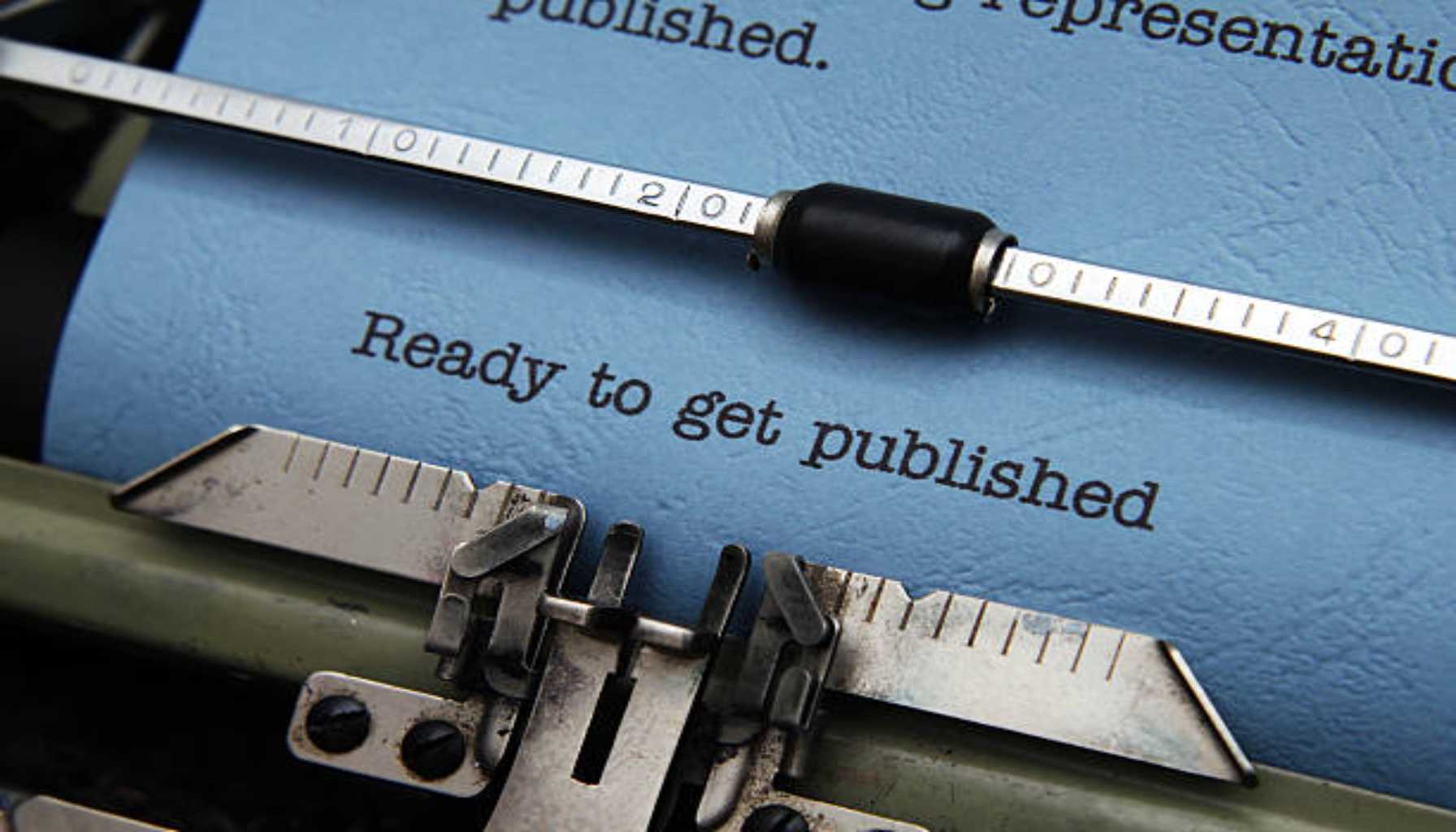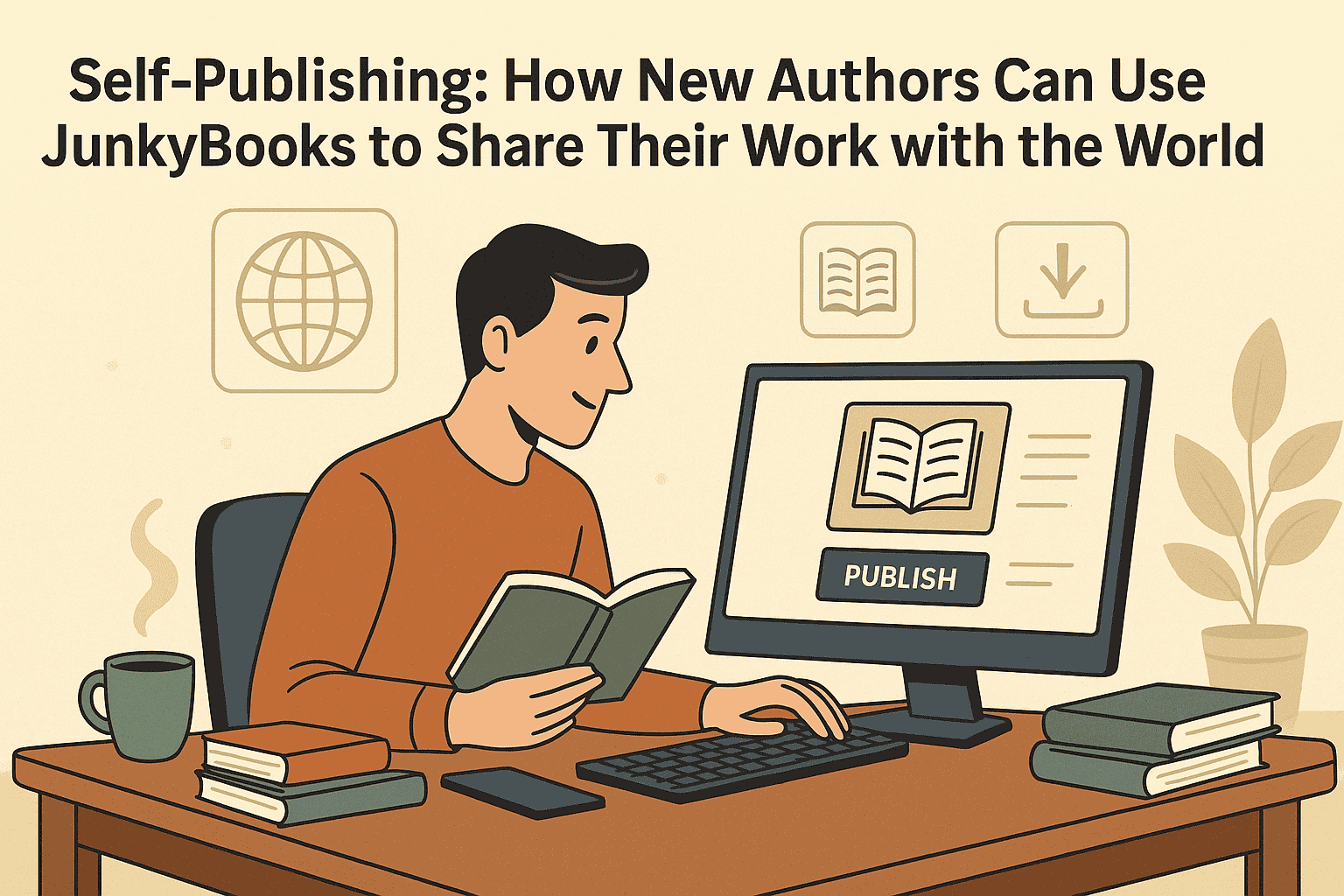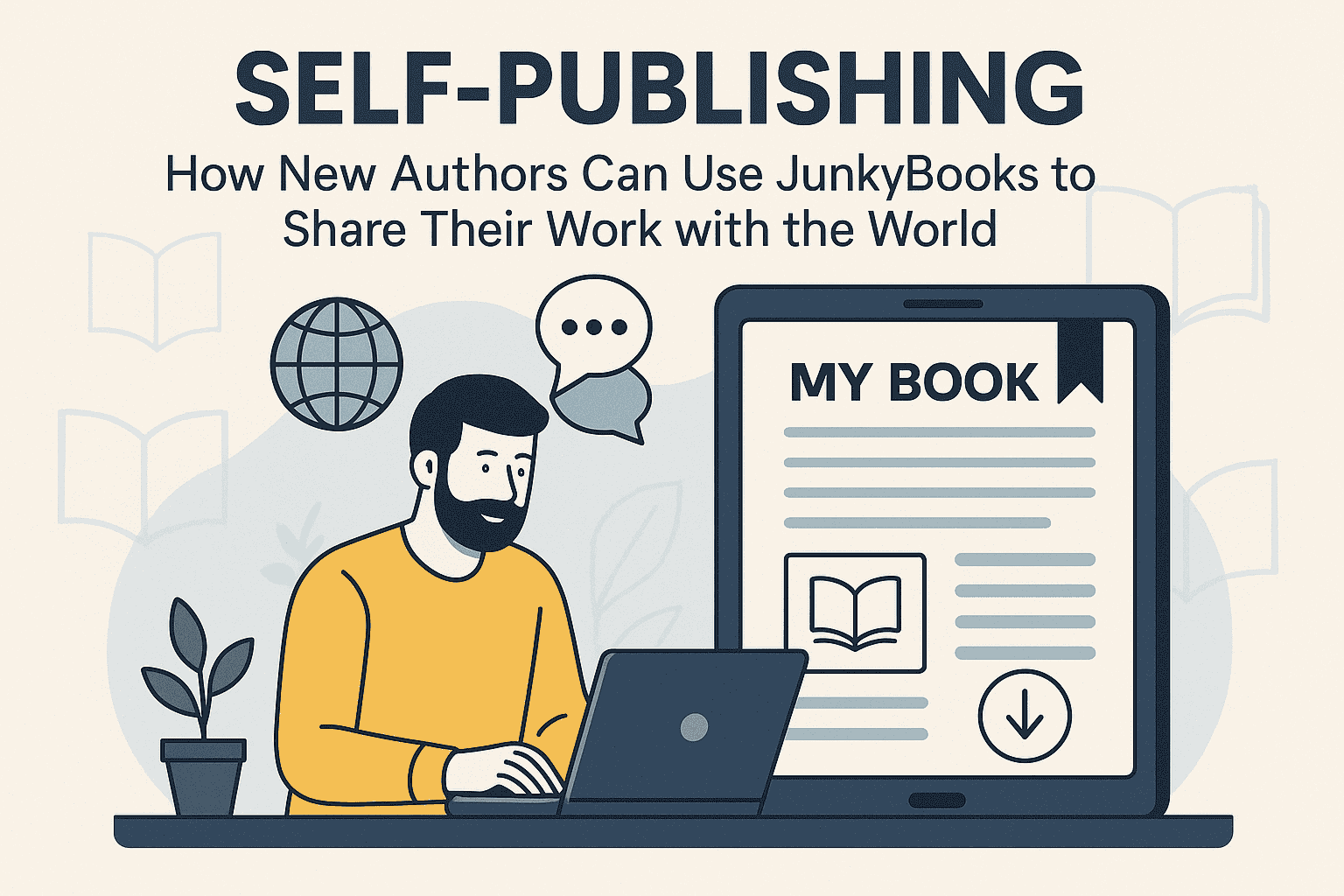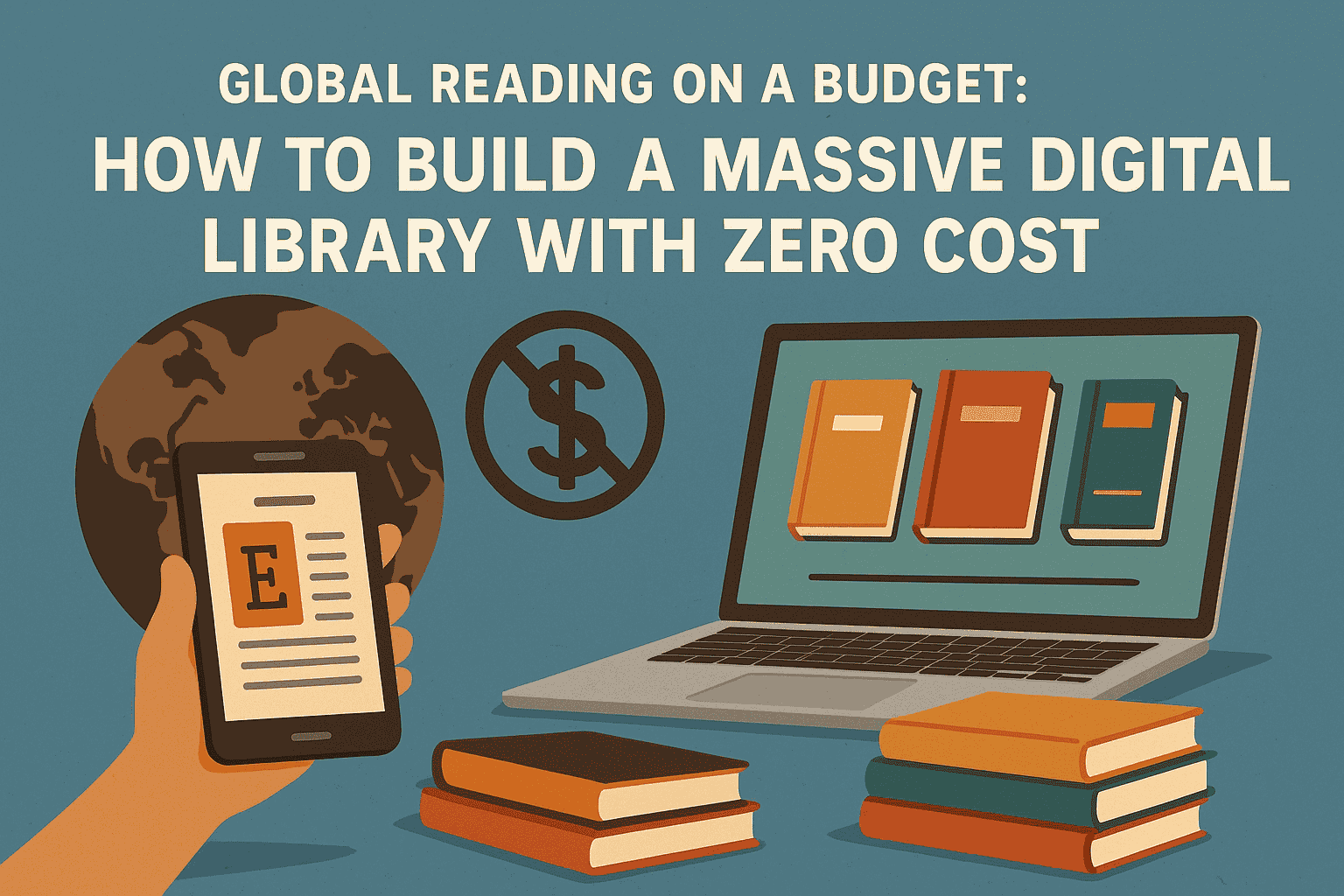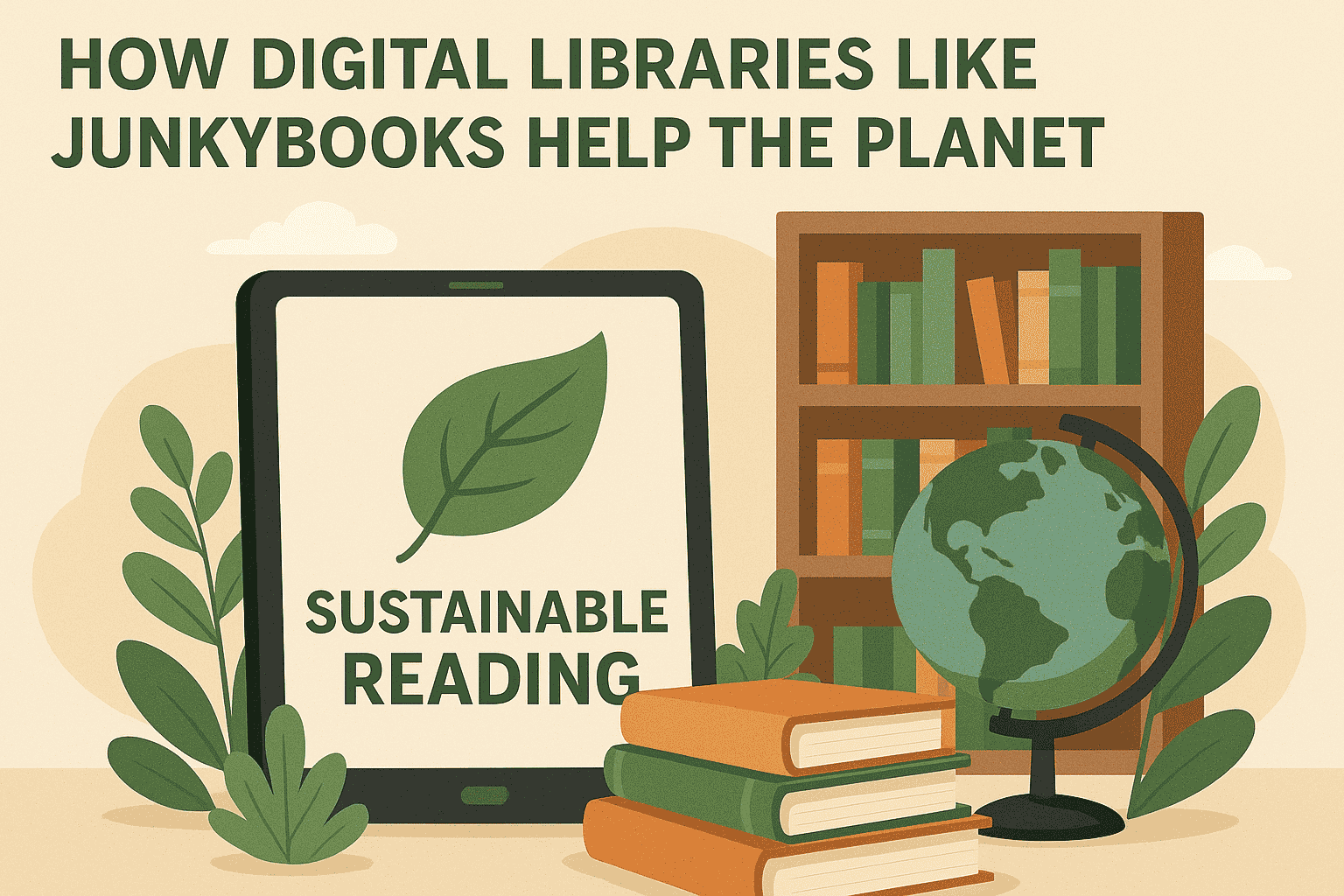Traditional Publishing vs Self-Publishing: Which Is Right for You?
The dream of becoming a published author has never been more attainable than it is today. Thanks to the rise of digital tools, publishing a book is no longer restricted to elite circles or gatekept by big-name publishing houses. But with great options comes great confusion: Should you go the traditional publishing route or self-publish your book?
There’s no one-size-fits-all answer. Each path has its pros and cons, and the best option depends on your goals, resources, and preferences. In this post, we’ll break down both options in detail to help you decide which publishing path is right for you.
What Is Traditional Publishing?
Traditional publishing refers to the process of working with an established publishing house—like Penguin Random House, HarperCollins, or Hachette—to produce, distribute, and market your book.
In this model:
-
You submit a query letter or a full manuscript (depending on the publisher’s requirements).
-
You may need a literary agent, especially for larger publishers.
-
If accepted, the publisher buys the rights to your book and takes over the production process: editing, design, printing, distribution, and marketing.
Pros of Traditional Publishing
-
Professional validation: Getting accepted by a traditional publisher is often seen as a stamp of quality.
-
No upfront costs: The publisher covers the expenses for editing, design, printing, and marketing.
-
Wider distribution: Your book is more likely to be available in physical bookstores, libraries, and international markets.
-
Editorial support: You’ll work with experienced editors and publishing professionals to refine your book.
-
Advance payment: Many traditional publishers offer an advance on royalties, giving you income before your book even sells.
Cons of Traditional Publishing
-
Difficult to break into: The process is highly competitive and often requires a literary agent.
-
Lack of creative control: The publisher may make decisions on cover design, title, and even content revisions.
-
Slow process: From manuscript submission to publication, the process can take 1–2 years or more.
-
Lower royalty rates: You typically earn 5%–15% of the book’s sale price.
What Is Self-Publishing?
Self-publishing means you publish your book independently, without a traditional publisher. You’re responsible for managing the entire process—or hiring professionals to help you.
You can publish:
-
As an eBook on platforms like Amazon KDP, Apple Books, Kobo, or Google Play.
-
As a print book using services like IngramSpark or Amazon’s print-on-demand.
-
As an audiobook through platforms like ACX.
Pros of Self-Publishing
-
Full creative control: You get to choose your editor, cover designer, title, pricing, and marketing strategy.
-
Faster turnaround: You can publish your book within weeks or months.
-
Higher royalty rates: You can earn up to 70% on eBook sales and a substantial portion from print-on-demand sales.
-
Direct relationship with readers: Self-publishing allows you to build and engage your audience without middlemen.
-
Global reach: Digital platforms enable you to reach readers worldwide instantly.
Cons of Self-Publishing
-
You bear all the costs: Editing, cover design, formatting, and marketing come out of your own pocket.
-
Steeper learning curve: You’ll need to learn the ins and outs of publishing, marketing, and platform algorithms.
-
Limited bookstore access: It’s harder to get your book onto physical shelves without a distributor.
-
Perception bias: Some readers and media still view self-published books as lower quality (though this is changing fast).
Key Considerations When Choosing Your Path
1. Your Publishing Goals
Are you aiming for literary prestige, widespread recognition, or financial independence?
-
If you’re dreaming of mainstream success, book awards, or traditional media coverage, traditional publishing may carry more weight.
-
If you want to retain control, earn more per sale, or publish multiple books quickly, self-publishing might be a better fit.
2. Creative Control
Some authors love the idea of collaborating with a professional team; others find it stifling.
-
Traditional publishing can mean giving up control over your book’s cover, editing, title, and even marketing message.
-
Self-publishing gives you the final say, but with it comes the responsibility to make informed decisions (and avoid rookie mistakes).
3. Timeframe
How fast do you want your book out?
-
Traditional publishing can take years from manuscript to bookstore shelf.
-
Self-publishing allows you to launch in a matter of weeks—especially useful for trend-based or seasonal content.
4. Budget
Do you have money to invest upfront?
-
Traditional publishers bear the costs and pay you an advance.
-
Self-publishing means paying for editing, design, formatting, and marketing yourself.
5. Marketing Support
You might think traditional publishers will do all the marketing for you—but the reality is mixed.
-
Today, even traditionally published authors are expected to build platforms, run social media, and engage readers.
-
In self-publishing, you’re in charge from the start—but that also means you keep all the branding and reader data.
Myth-Busting: Common Misconceptions
Myth 1: Self-publishing means your book isn’t good enough for traditional publishing.
Reality: Many bestsellers and award-winning books started as self-published titles (think The Martian by Andy Weir).
Myth 2: Traditional publishing guarantees success.
Reality: Many traditionally published books sell fewer than 1,000 copies. No matter your route, marketing is essential.
Myth 3: You can’t do both.
Reality: Hybrid authors are on the rise—some books self-published, others traditionally published, depending on strategy.
When to Choose Traditional Publishing
Opt for traditional publishing if:
-
You value the prestige and recognition of an established publisher.
-
You want help with editing, design, and distribution.
-
You’re willing to wait and navigate the competitive submission process.
-
You want your book in major bookstores and libraries.
This is often the best route for:
-
Memoirs with wide appeal
-
Literary fiction
-
Nonfiction with strong market potential or credentials
-
Debut authors aiming for big-name imprints
When to Choose Self-Publishing
Go the self-publishing route if:
-
You want full control and faster timelines.
-
You’re writing in genres that thrive in digital (e.g., romance, thriller, self-help).
-
You already have a platform or email list.
-
You’re entrepreneurial and ready to learn marketing and publishing tools.
Self-publishing works especially well for:
-
Niche nonfiction
-
Genre fiction with a loyal readership
-
Short stories, novellas, or serials
-
Authors planning multiple books (series or brand-building)
Final Thoughts
There’s no “right” answer—only what’s right for you. Some authors thrive in traditional publishing, while others find empowerment and financial success through self-publishing. In many cases, authors blend both models to create a career that balances prestige and independence.
So ask yourself:
-
What are my goals as a writer?
-
How much time, money, and effort am I willing to invest?
-
Do I want to treat writing as a business—or as a passion project?
Whatever your path, remember this: Getting published is no longer a dream reserved for a select few. It’s a possibility available to anyone willing to put in the work.

